“We travel through photographs.” —John Berger.
Well, that is not an exact quote from Berger, but he said—and believed—as much. “A friend came to see me in a dream. From far away,” he writes in A Seventh Man. “And I asked in the dream: ‘Did you come by photograph or train?’ All photographs are a form of transport.”
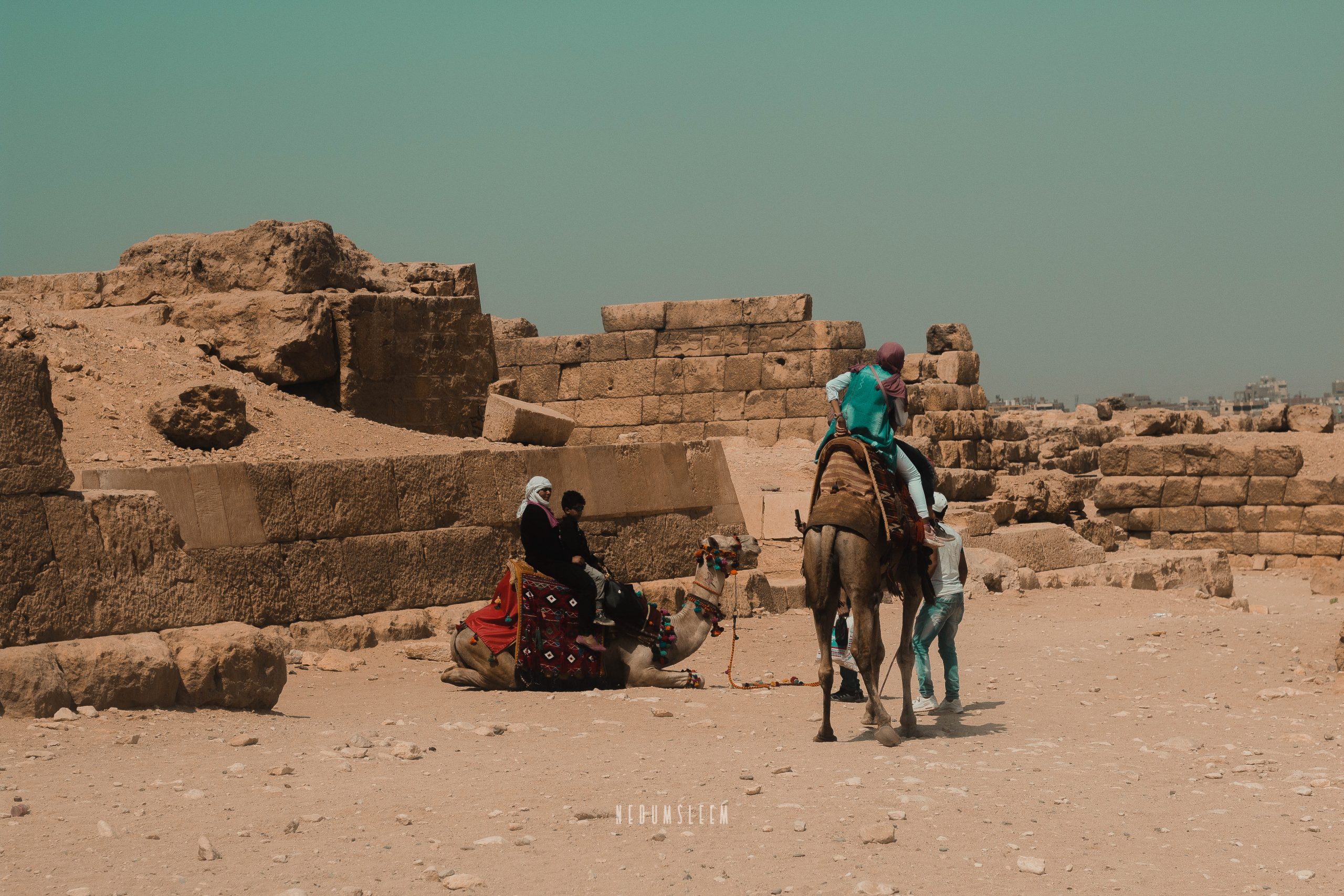
The premise is simple: to travel, one must move through time and across space. A photograph is a telegram from a different time and place, but it is even more—it is a carriage. People look at them not only to remember or for their aesthetics but to travel.
Chinedum Odunze’s photographs offer us a carriage. Through them, he says, travel with me. This is not surprising. He is a seaman, a man for whom travel and movement are intrinsic to his understanding and appreciation of the world. To travel, though, as one subtly realizes when looking at his photos, is more than simply crossing into a new place. It means, among other things, to be free and to inhabit with appreciation the worlds of others.
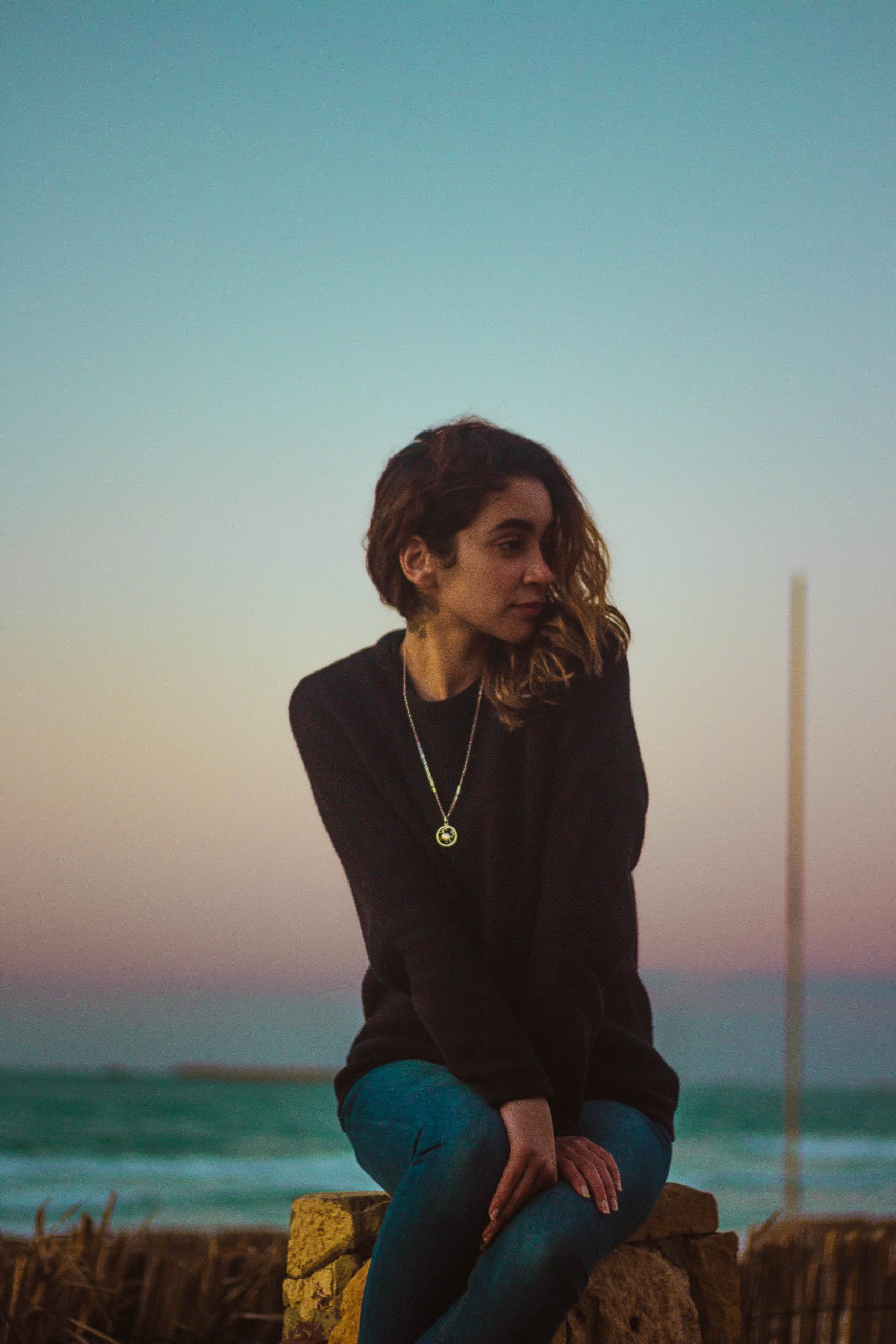
His photographs are airy, filled with sunlight. Even in the shady and moody photos, this airiness abounds, this levity that one associates with clear skies. His eye is attuned to movement, and his camera preserves and enlivens the movement and casual air of his subjects. They are never quite frozen in time. They are always between motions, fluid. This airiness and flow make it so that the viewer is imparted with a similar charge. They, too, move.
“I am more about street photography. That to me is real photography, what photography should be. Even when I do portraits, street photography is still where my heart is,” he said to me one time while talking about his work and aesthetic. The street, unlike the restrained space of a studio, allows for freedom and far-reaching movement. This is the appeal and the material.
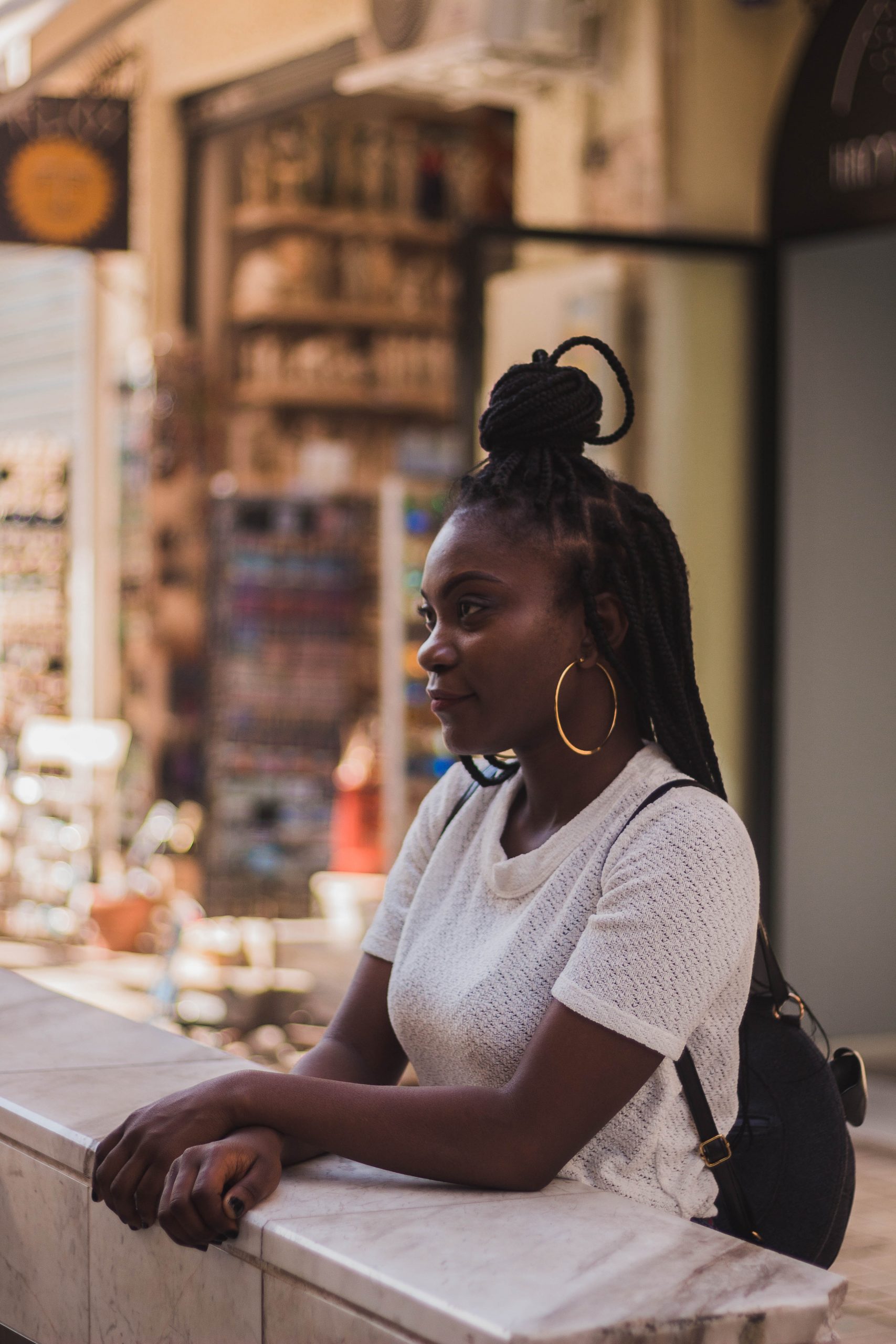
Rabi is a photograph of a lady wearing a clean white shirt and large gold hoop earrings, a segment of her braids coiffed in a small bun atop her head. Her arms are crossed on a parapet, and on her face is a look of contentment, with a small smile on her lips. She is a city girl, likely a university student. Everything about the photograph, the lady, the blurry background, the glassy tint, the earthy orange and crisp greys speak of urbanity, and hence of movement. Movement is a necessary component of urbanity, a prerequisite for participation in it. The lady, the photo leads us to assume, is fluent in this participation. It is clear from the photograph that the lady was on her way somewhere—or more likely, would soon be on her way somewhere—stopping only briefly for this photo to be taken. This freedom and the photograph’s quiet composition invites us in.
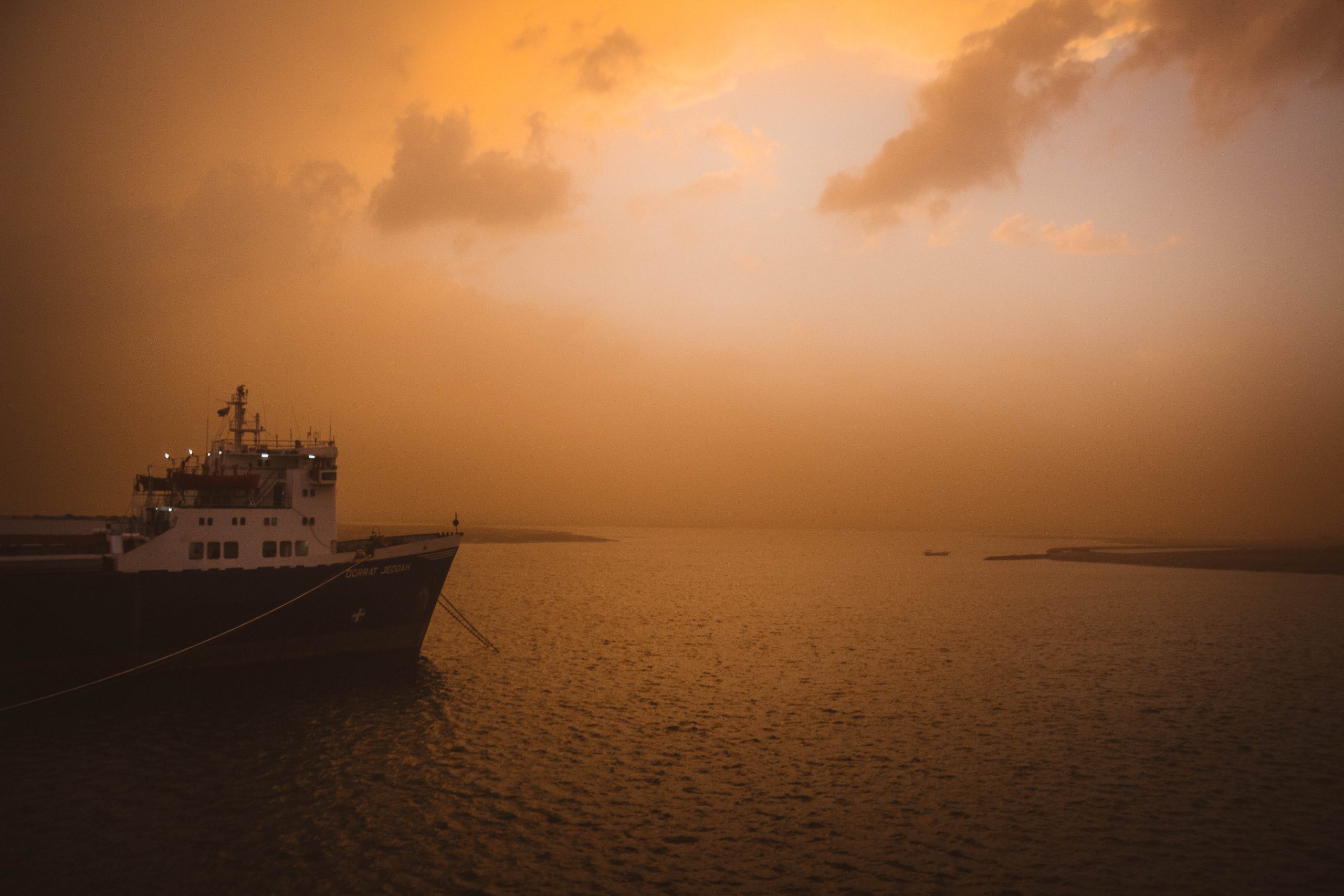
Odunze’s oeuvre boasts photographs from different parts of the world: Nigeria, Egypt, Lebanon, Greece and more. Each of these photos feels like postcards, like tender warm-scented missives. The photographs are imbued with what I can best describe as an affection for the people in the places he visits. For everything that they are and aim for, his photos privilege people. The allure of his urban portraits and street photography derives from the centrality of his human subjects. Everything else, the airiness, the unabashed beauty, the inherent freedom, springs from this centrality; they are compelling because of it.
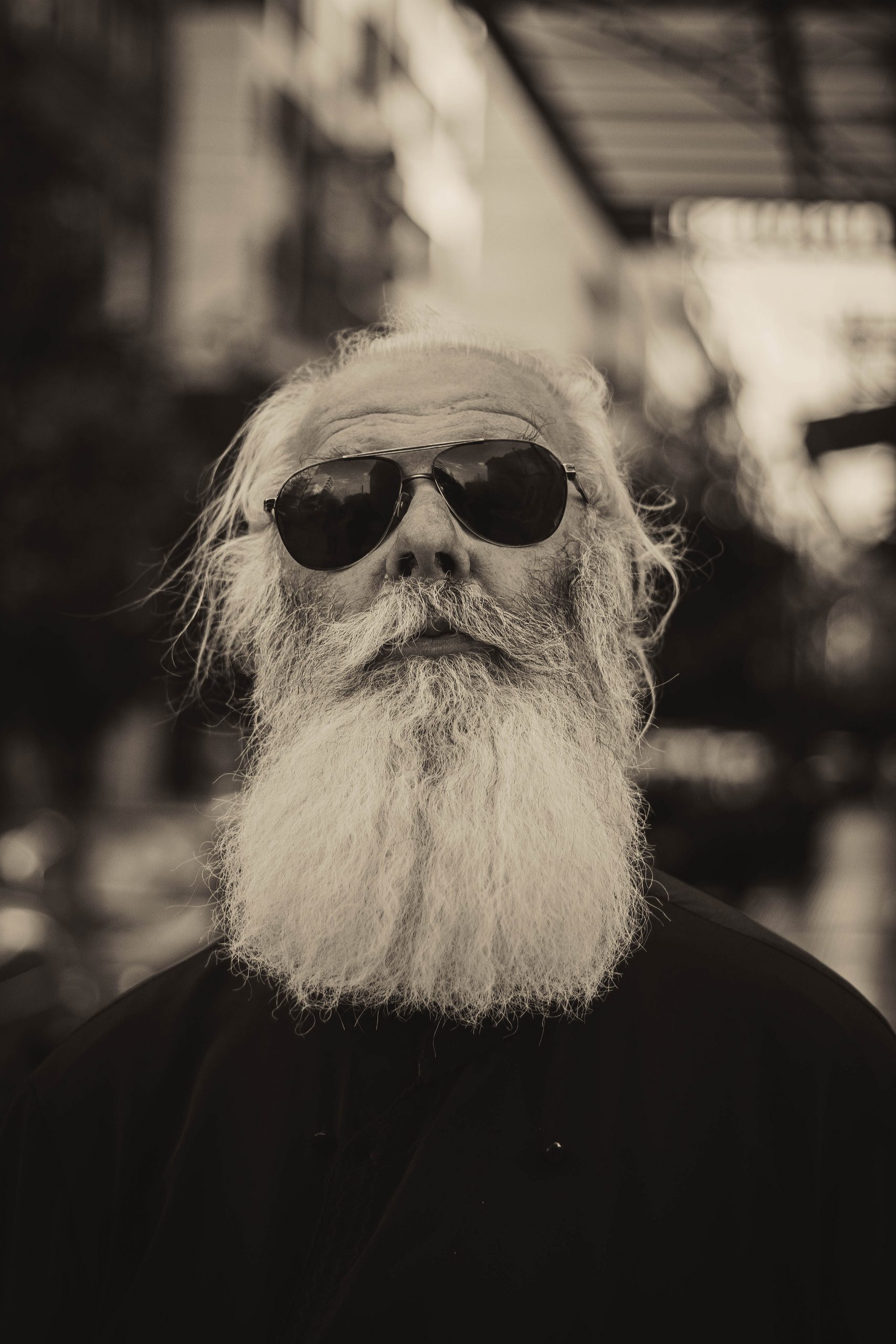
“When I take photos,” he said to me, “I am not overly concerned with one large idea or a serious theme; I am mainly interested in beauty.” For him, beauty is in the street, in the landscape, in the roads and street signs, in the trees like fuzzy touches of green in urban spaces, in the vastness of the world, on the sea, in ships and boats, in the rippling of the ocean, in movement, in freedom, and in the people. The people are the ultimate beauty of his travels.





These are just perfect!
Beautiful piece
Beautiful article, captivating pictures too.It is different from the norm and a beauty to behold too.